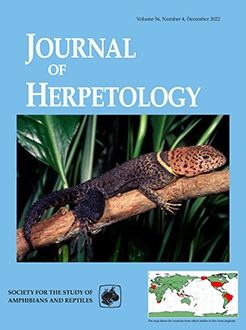Many previous studies on competition focused on outcomes of competition and less on behavioral changes during or immediately following intra- or interspecific interactions. I performed 300 h of observation of three lizard species (Side-blotched Lizards, Uta stansburiana; Sagebrush Lizards, Sceloporus graciosus; Western Fence Lizards, Sceloporus occidentalis) and recorded 1,045 natural encounters, 403 of which were unconfounded by presence of another individual lizard. Despite potential competition amongst these species, I found little evidence that Uta modify perch characteristics or engage in aggressive interactions toward either of the heterospecific lizards. However, Uta do alter interspecific display behavior depending on whether interactions are intrasexual or intersexual. Moreover, Uta move shorter distances following interactions with S. graciosus but greater distances after interactions with S. occidentalis. Uta appear to reserve aggressive or more-intense interactions for intersexual intraspecific encounters, most of which are initiated by males. Together these findings suggest that these three lizard species are not broadly engaged in competitive interactions and that habitat characteristics or microhabitat preferences enable co-occurrence.
BioOne.org will be down briefly for maintenance on 17 December 2024 between 18:00-22:00 Pacific Time US. We apologize for any inconvenience.
How to translate text using browser tools
4 April 2023
Contextualized Display Behavior during Natural Interactions by Common Side-Blotched Lizards (Uta stansburiana, Squamata, Phrynosomatidae)
Peter A. Zani
ACCESS THE FULL ARTICLE

Journal of Herpetology
Vol. 57 • No. 1
March 2023
Vol. 57 • No. 1
March 2023




